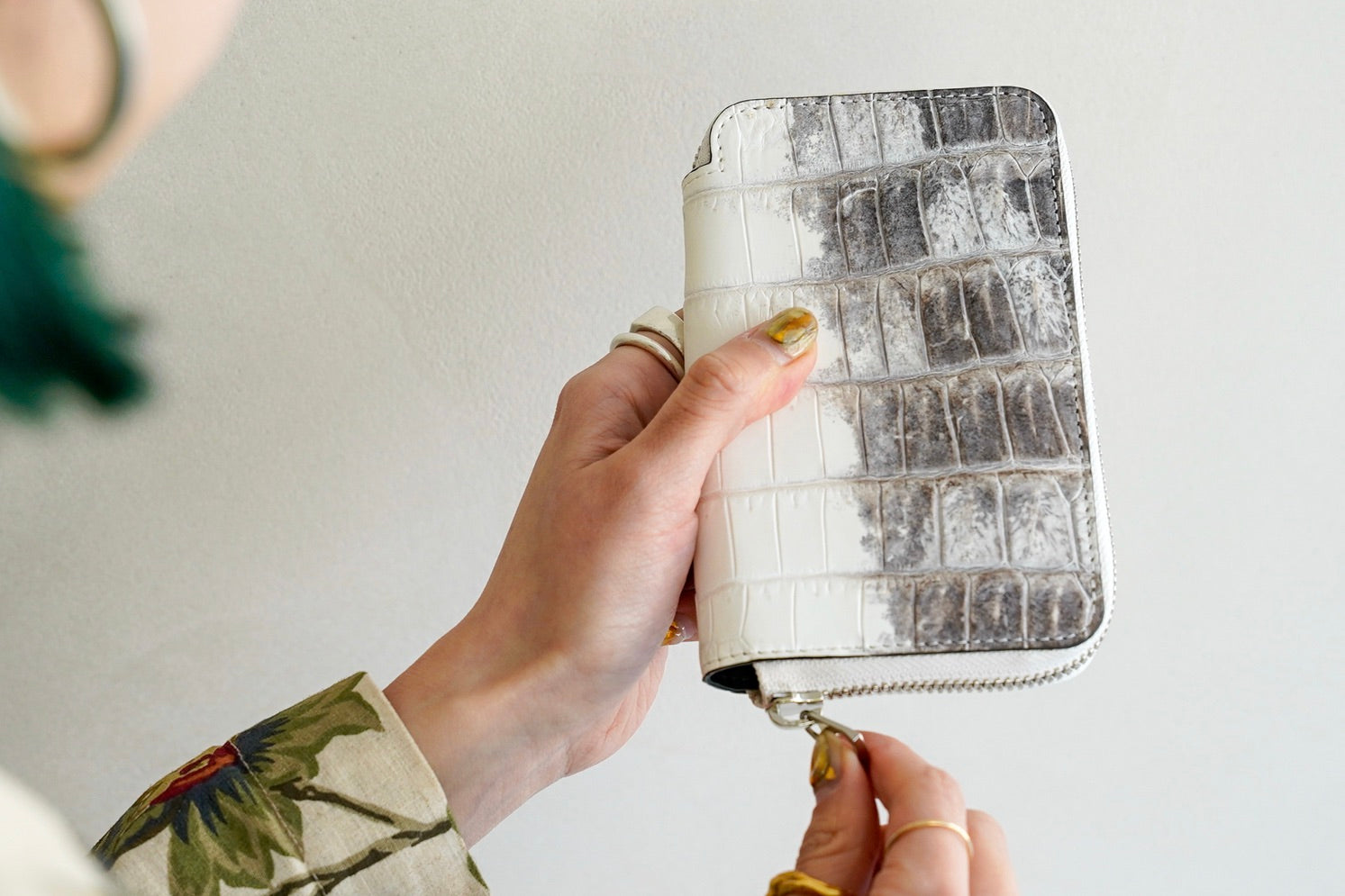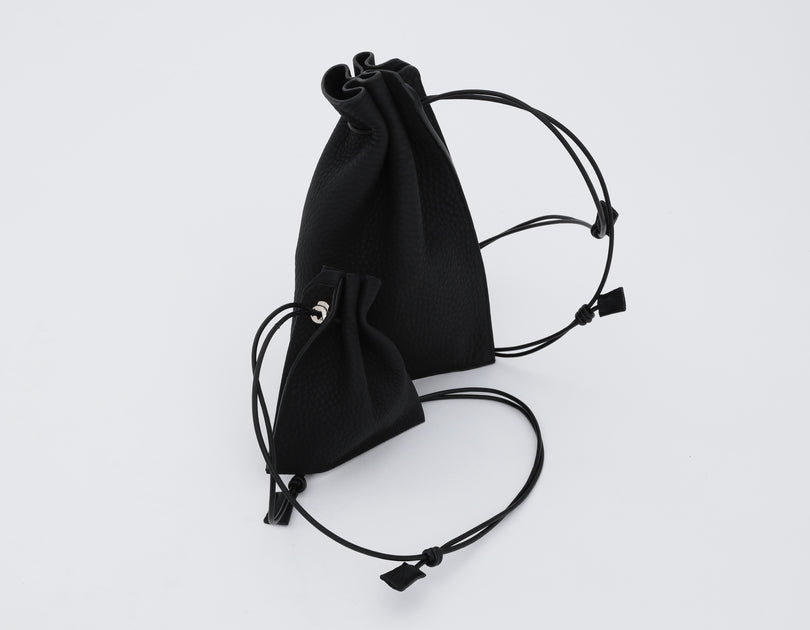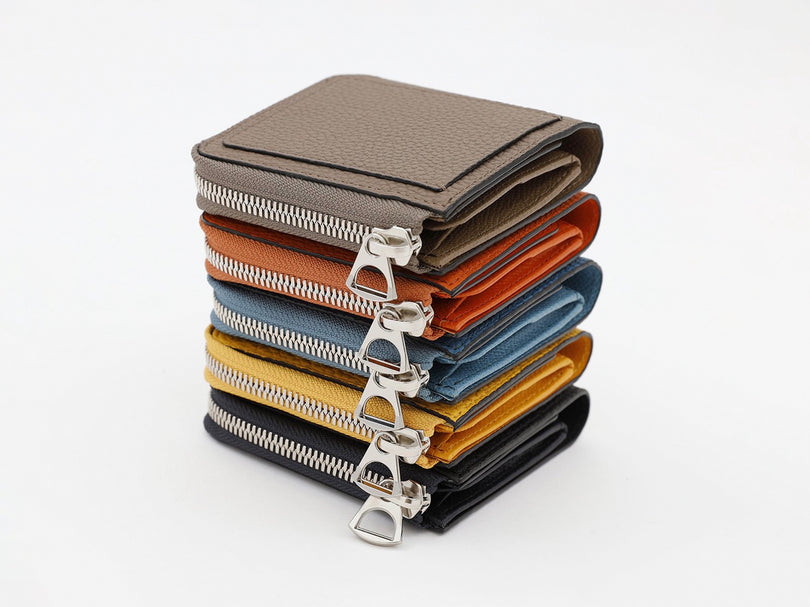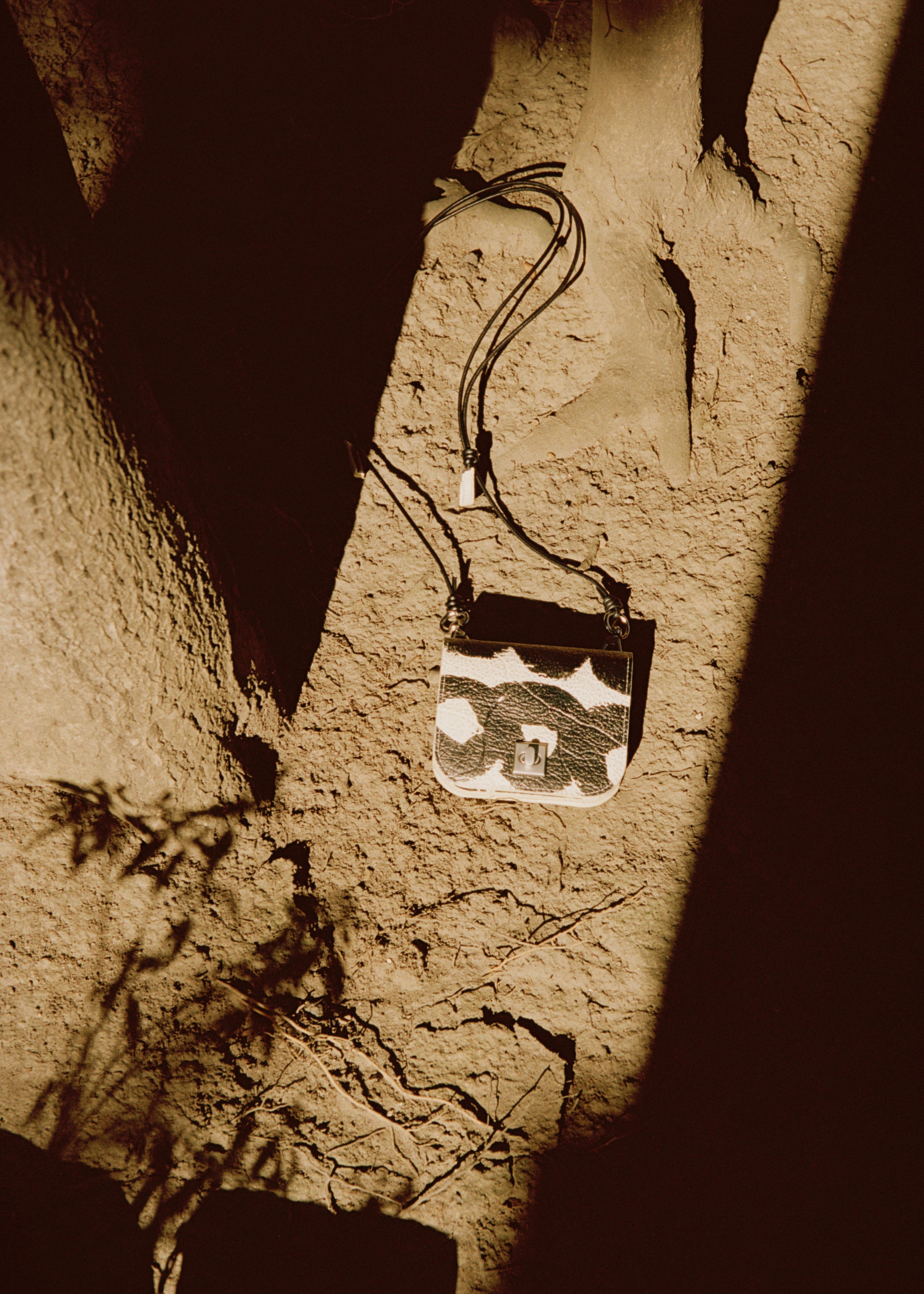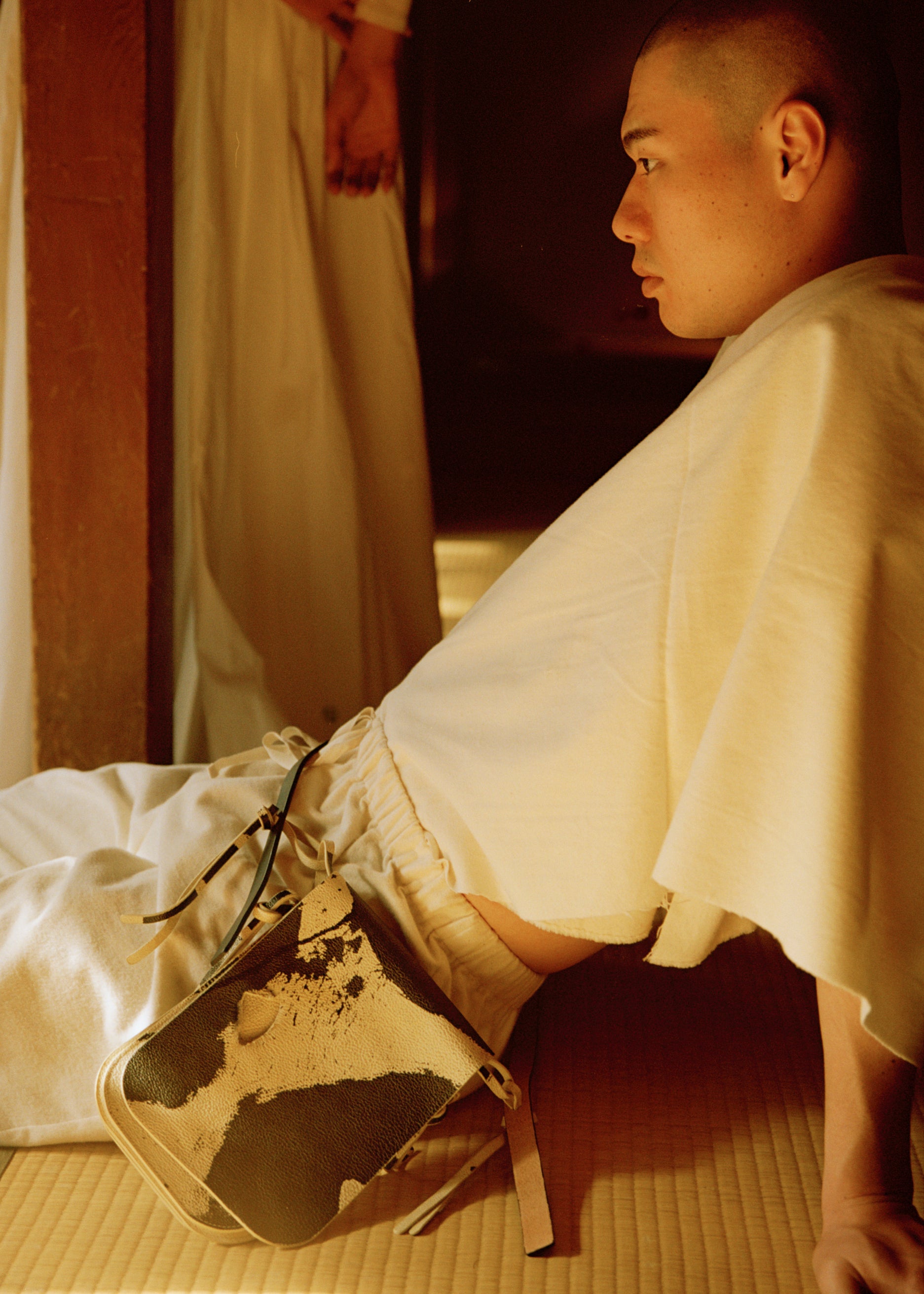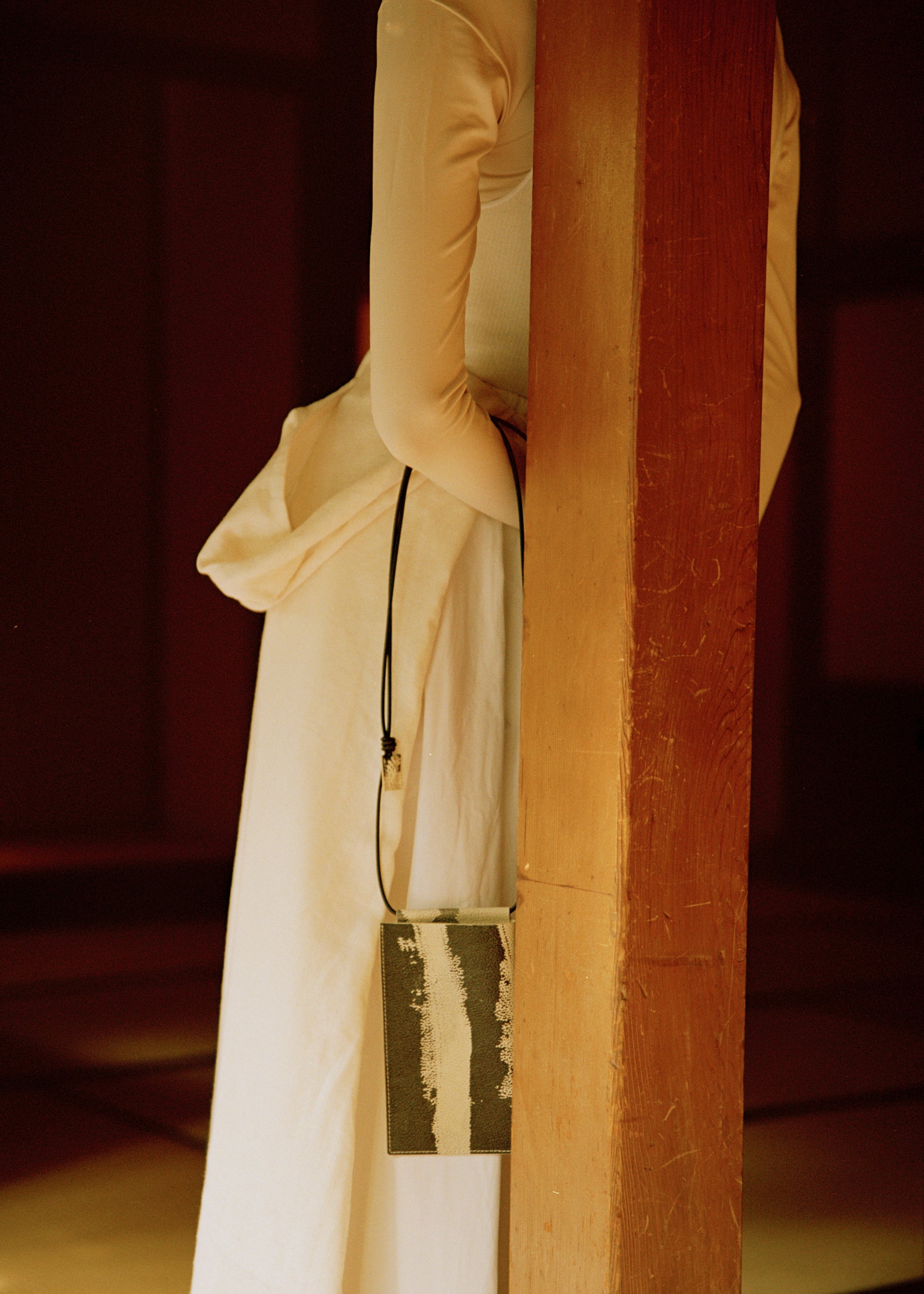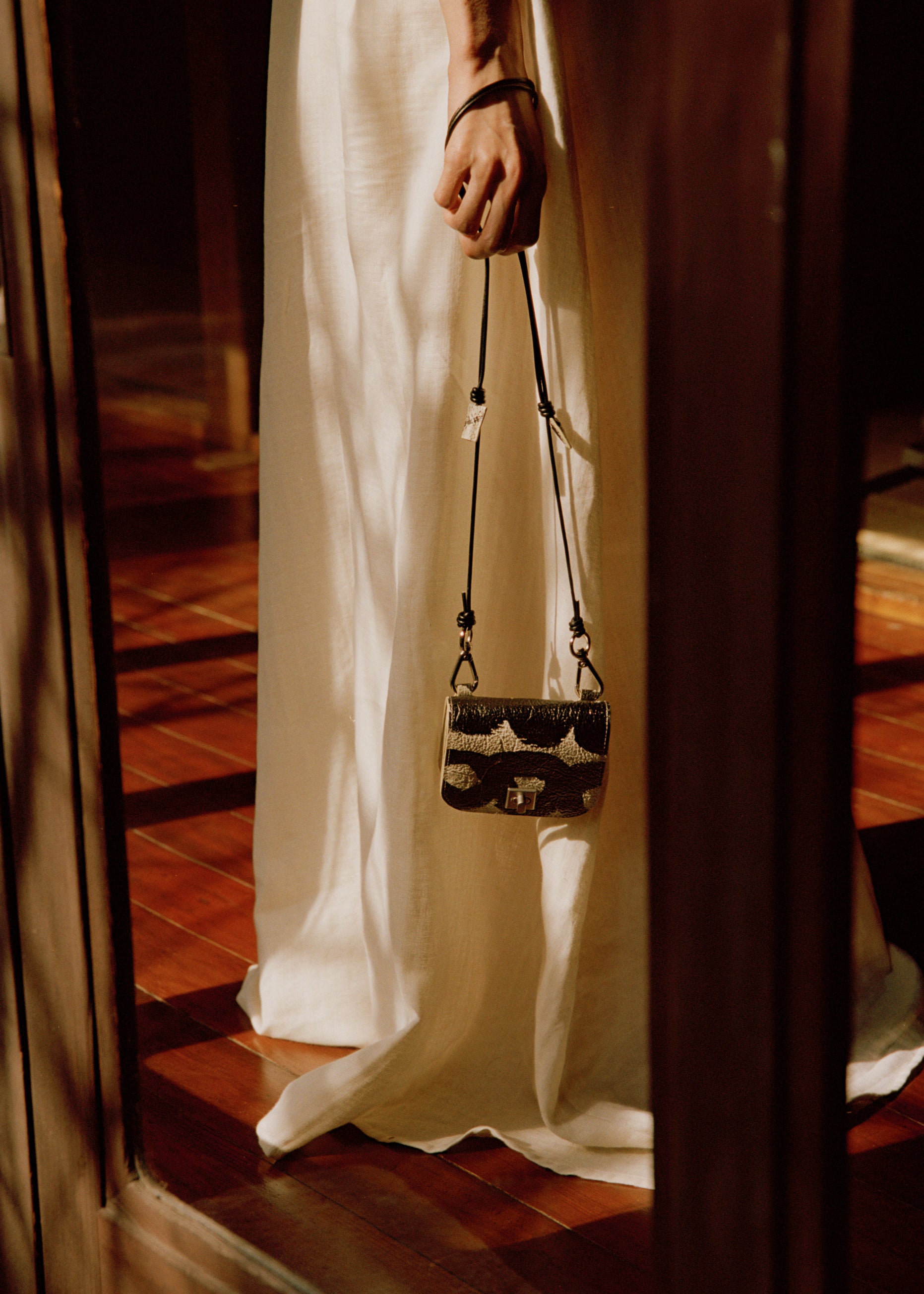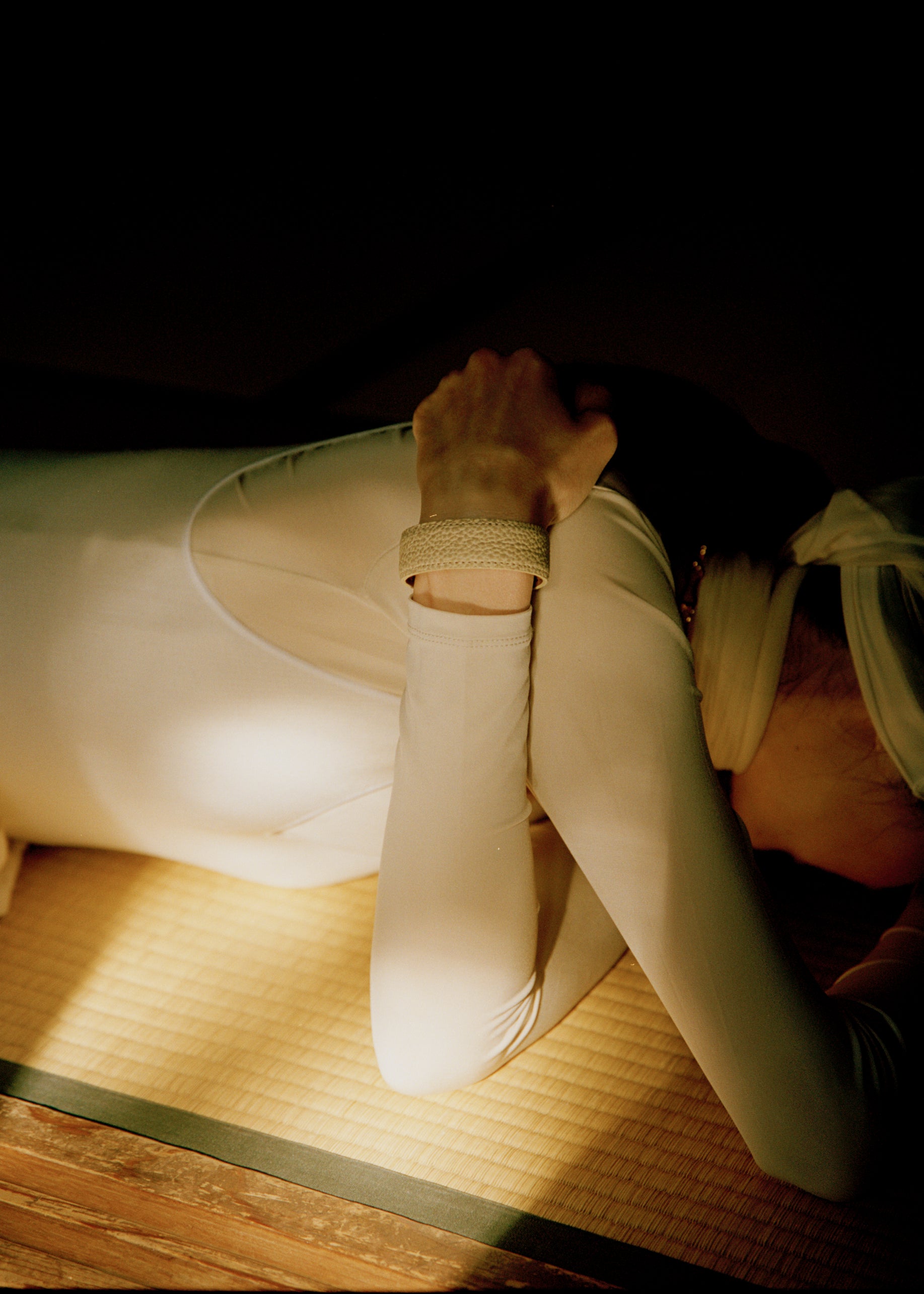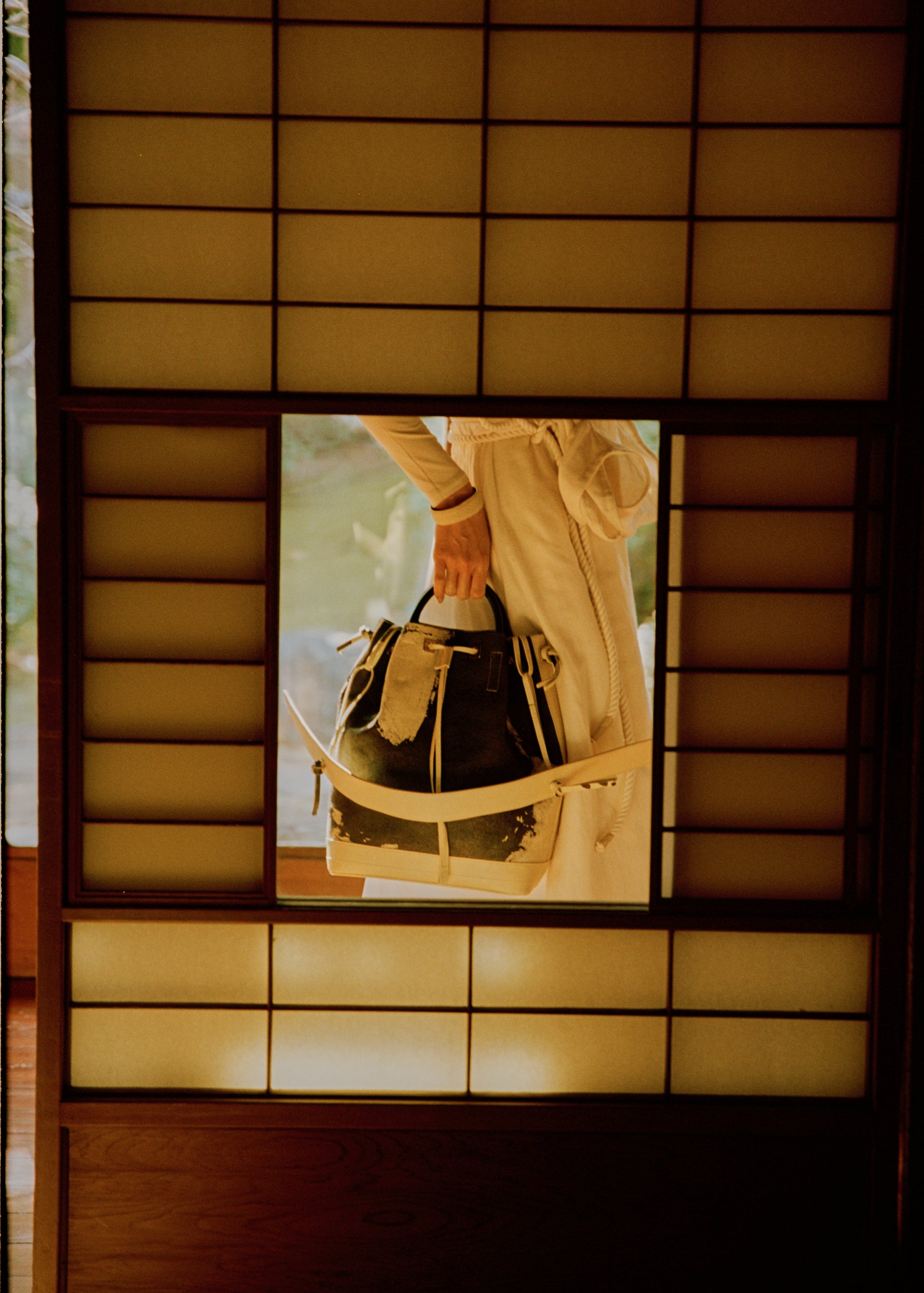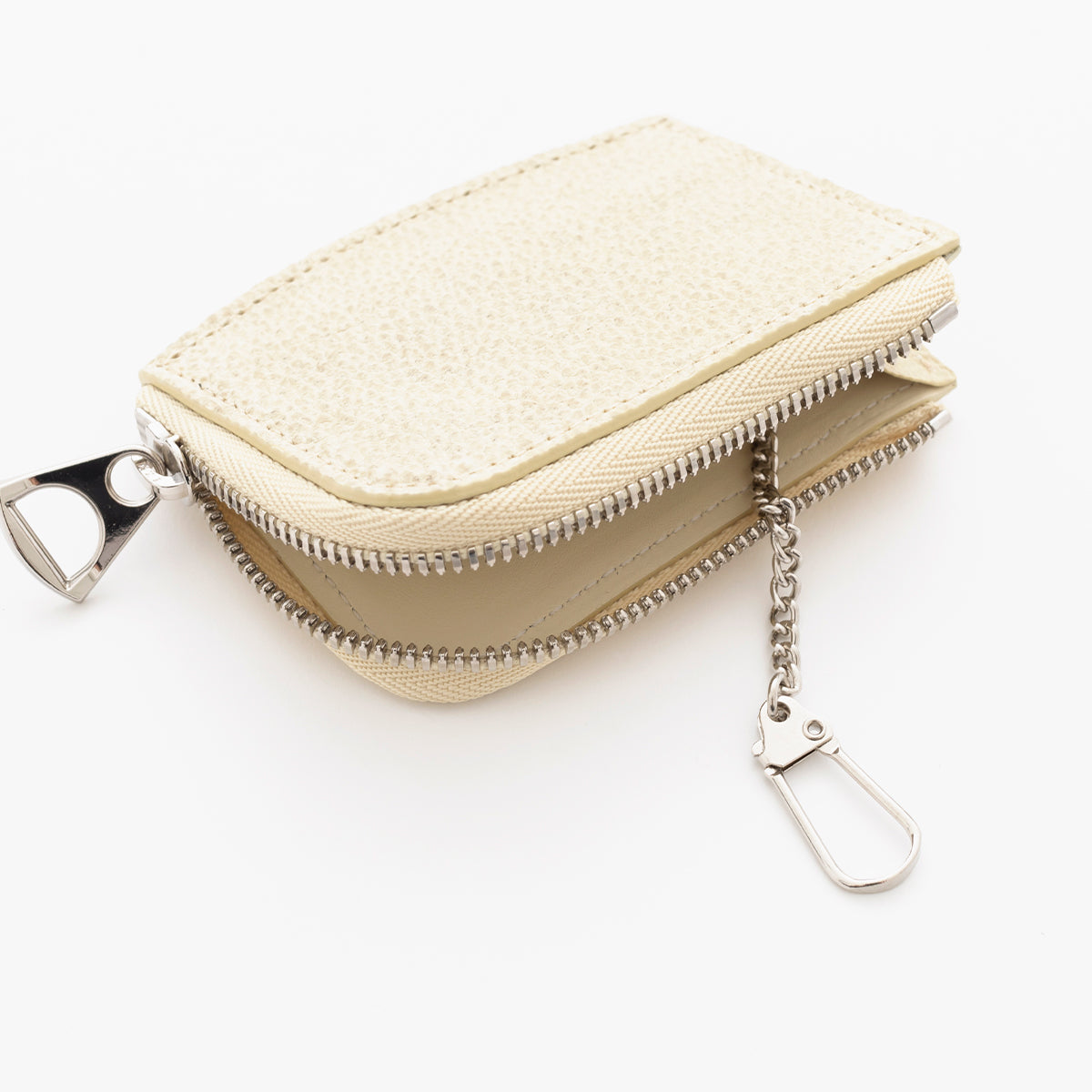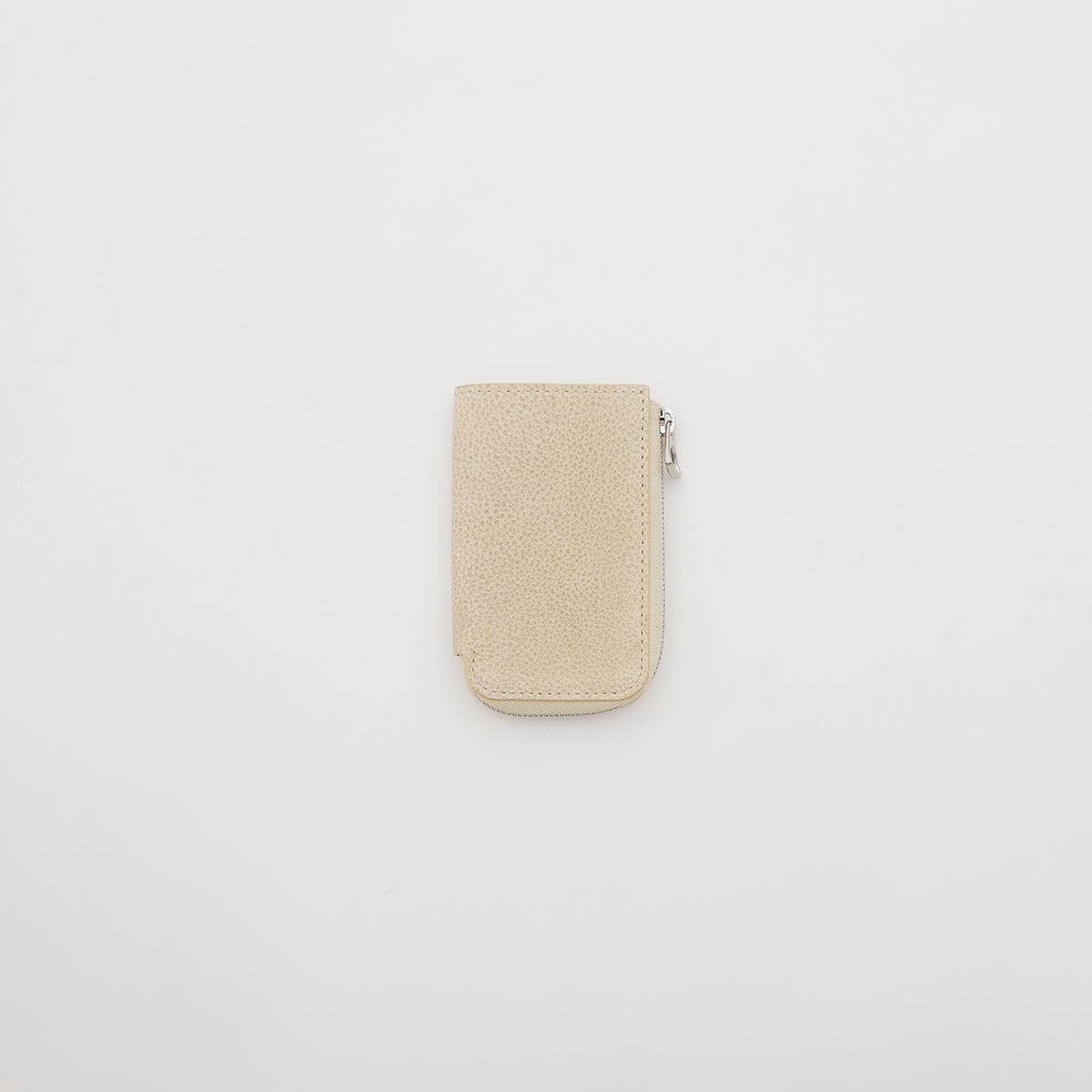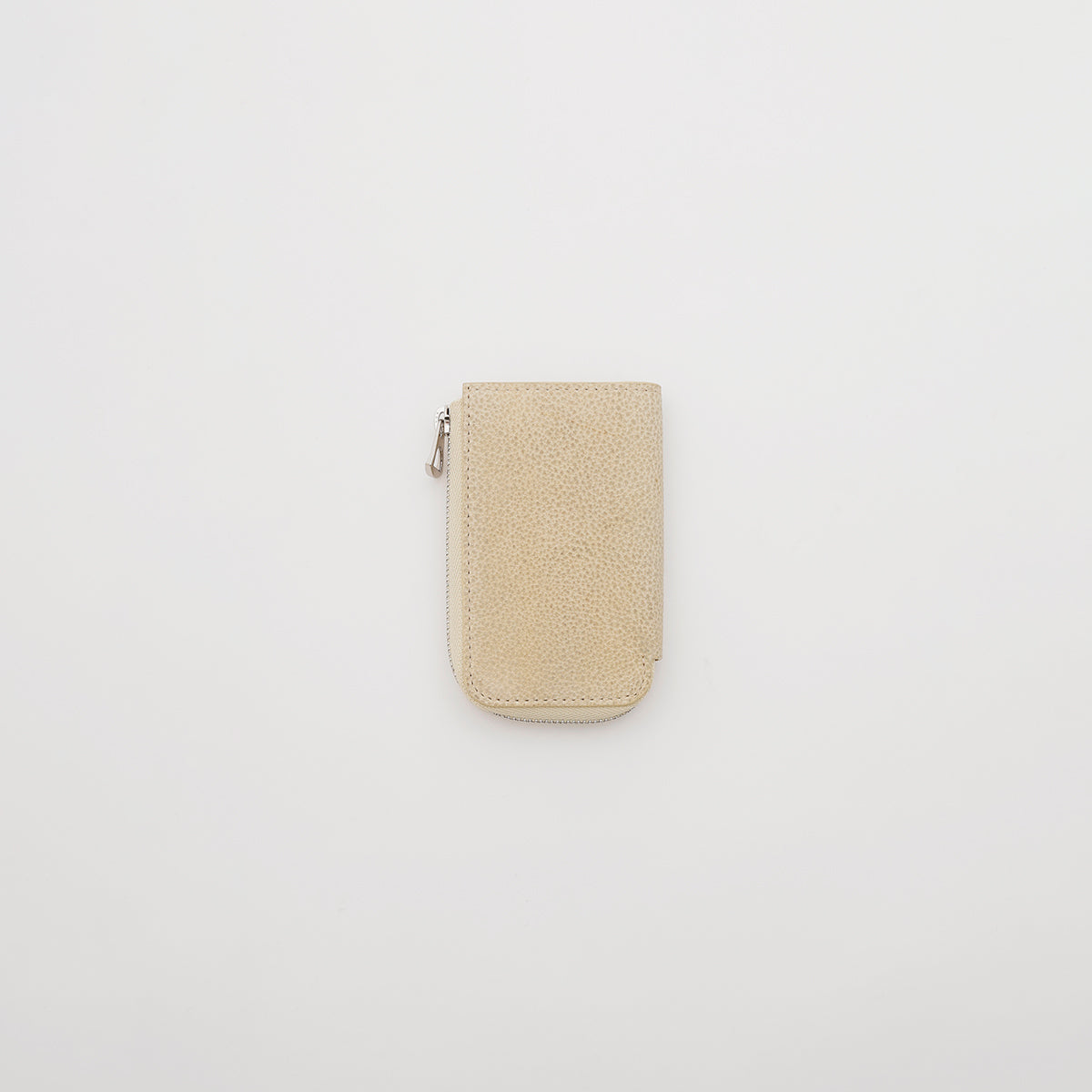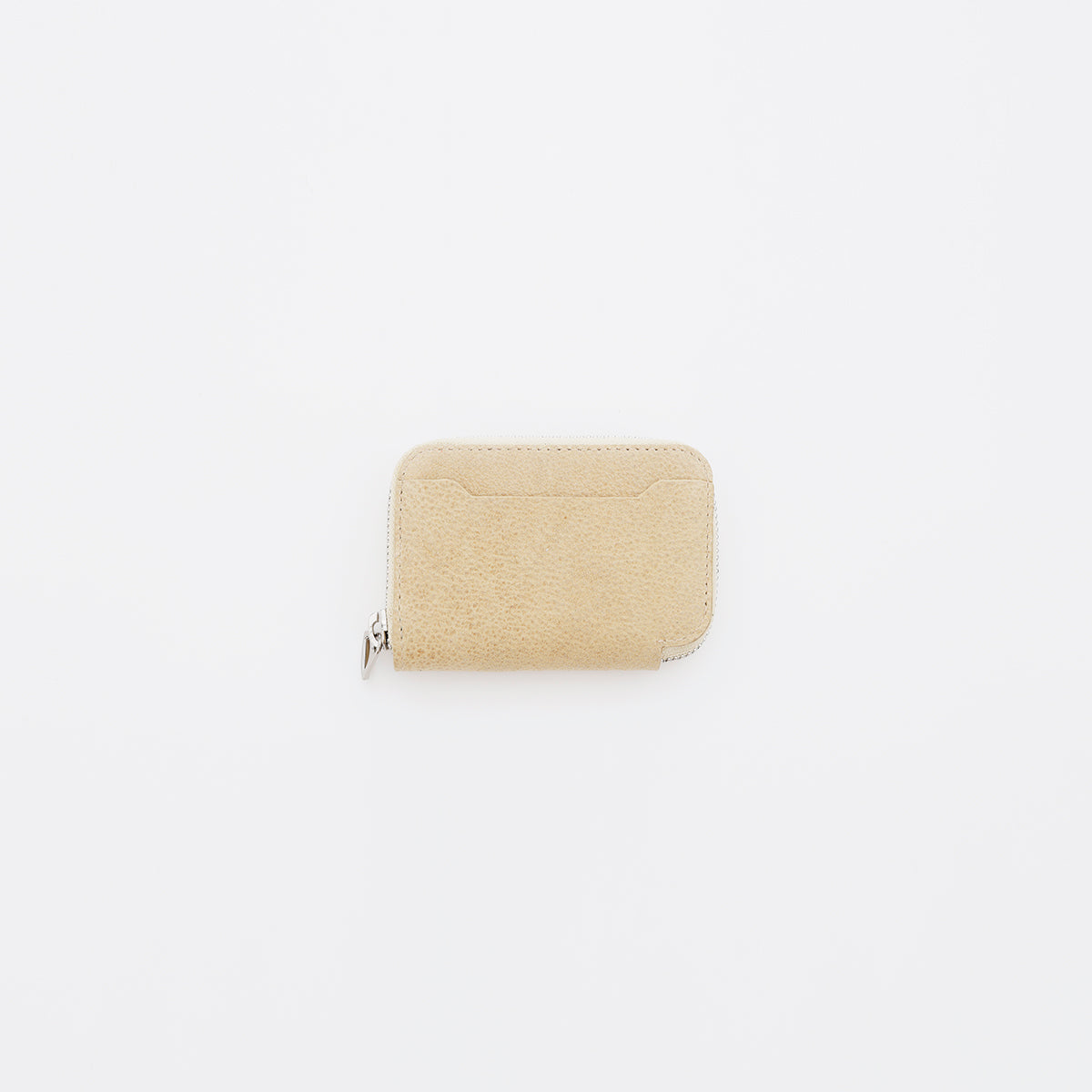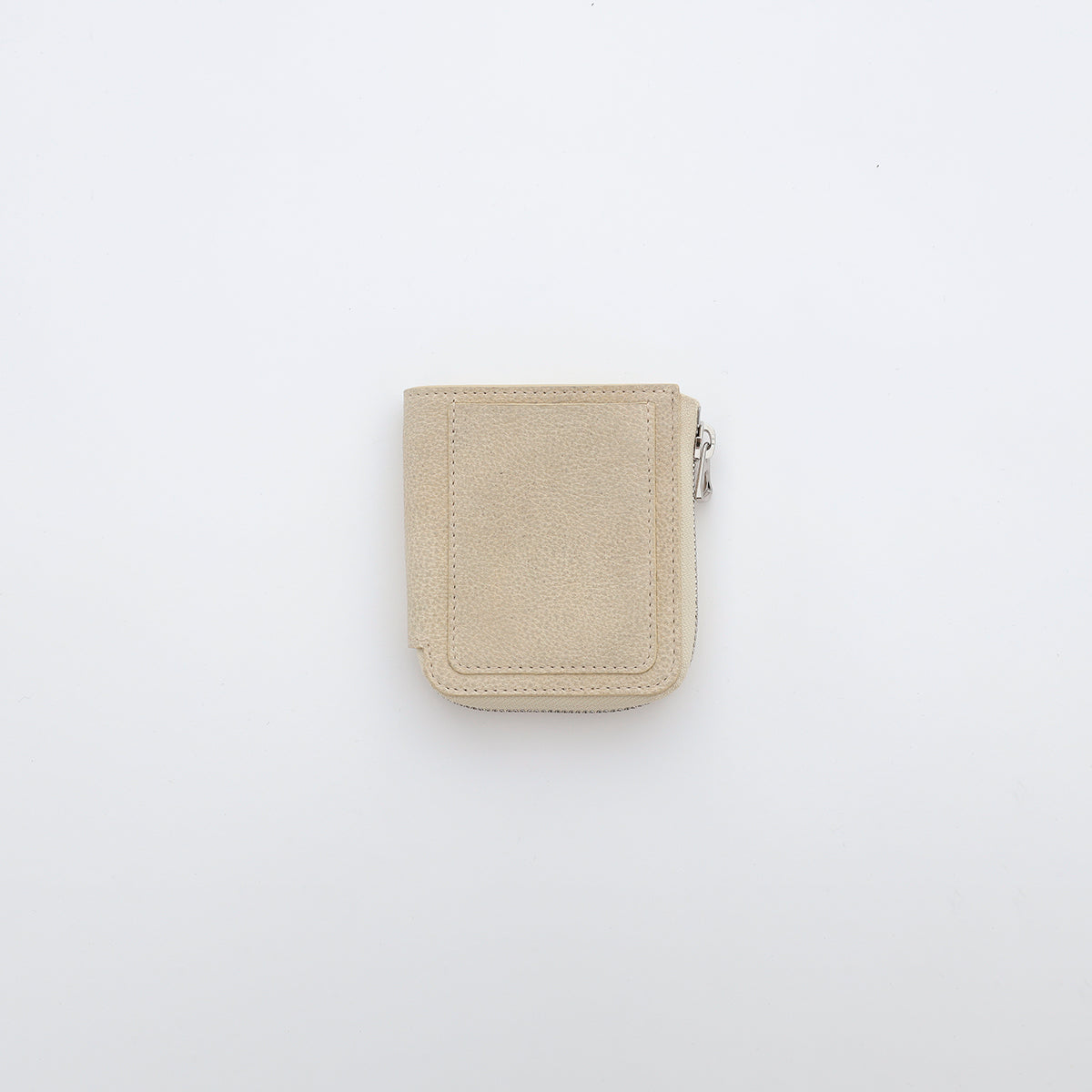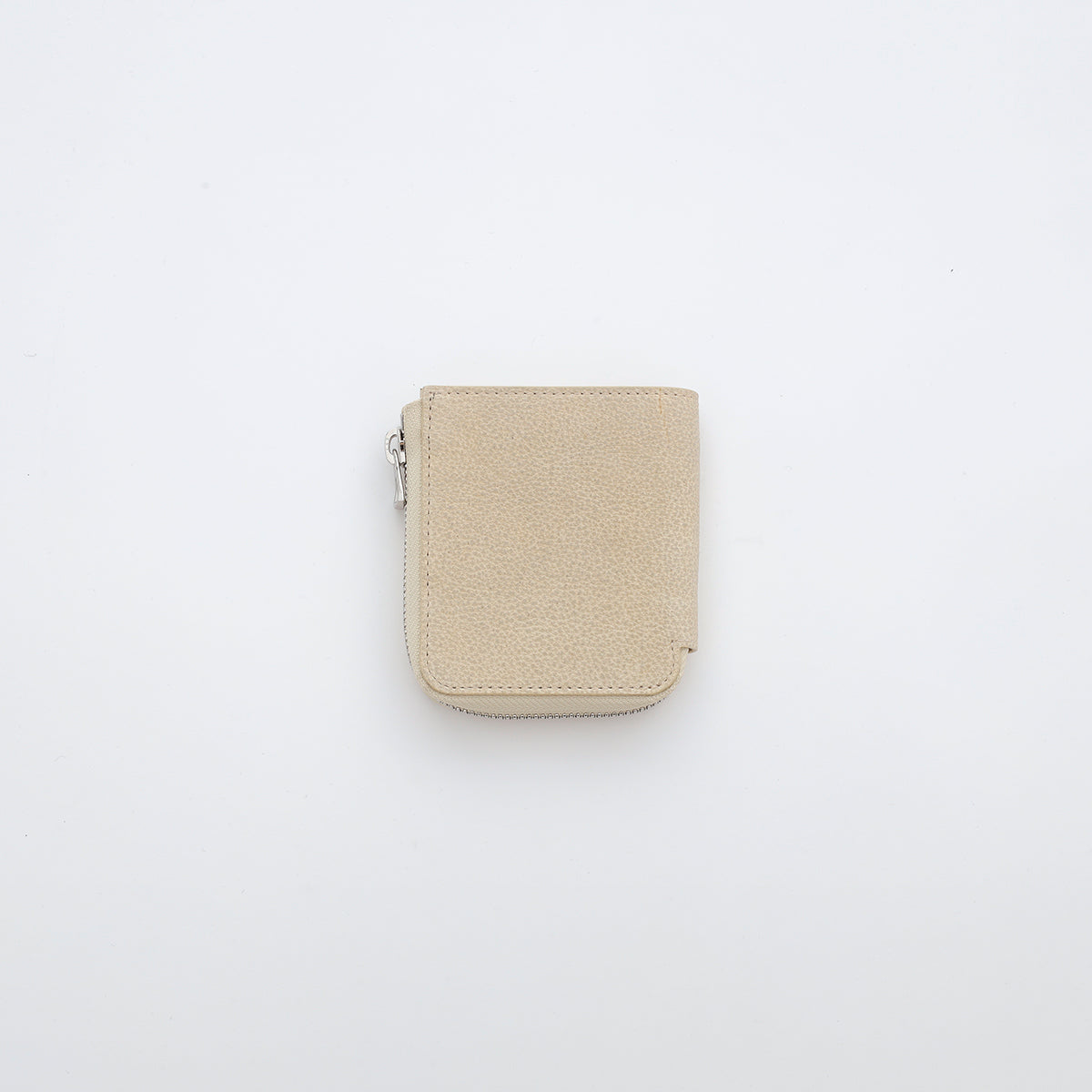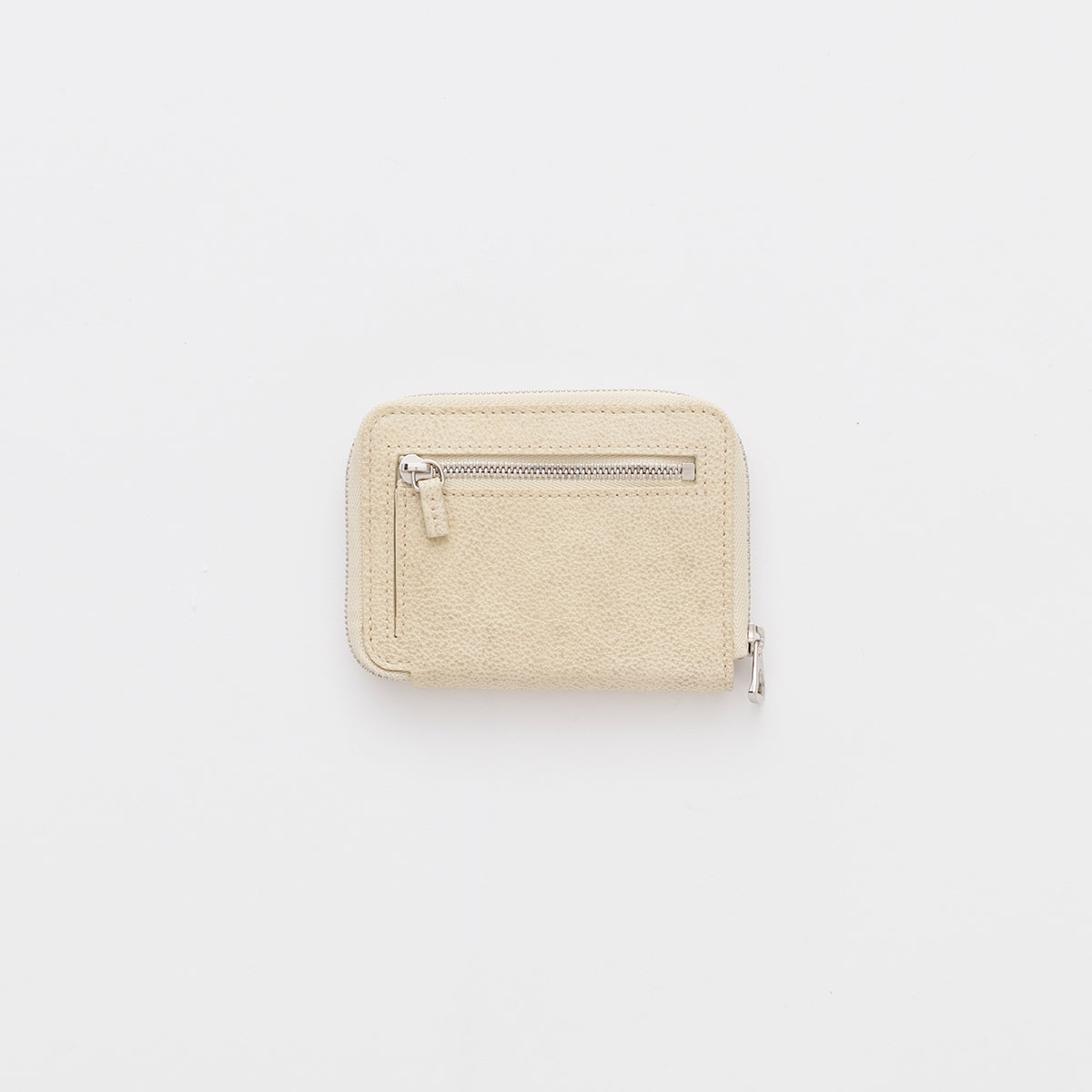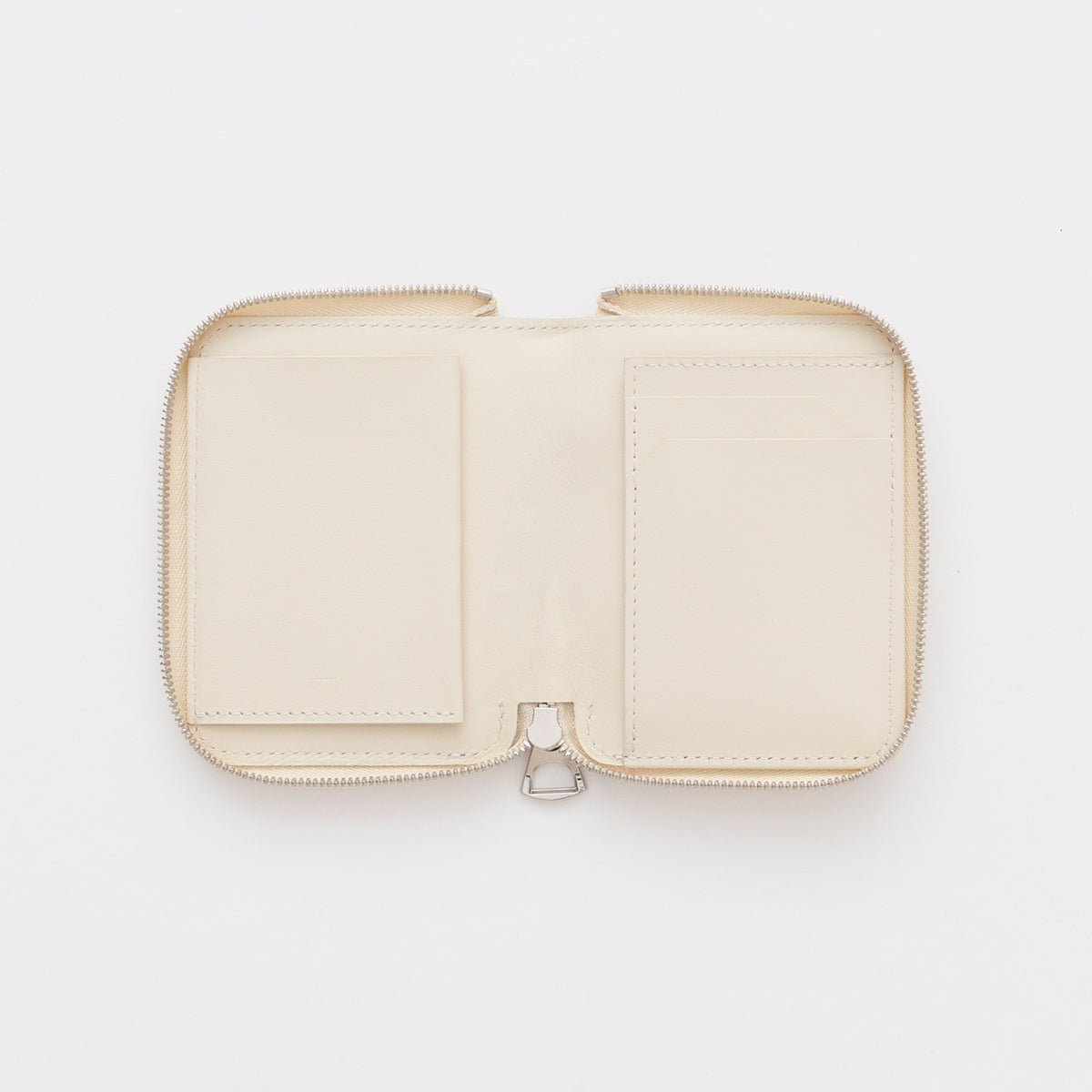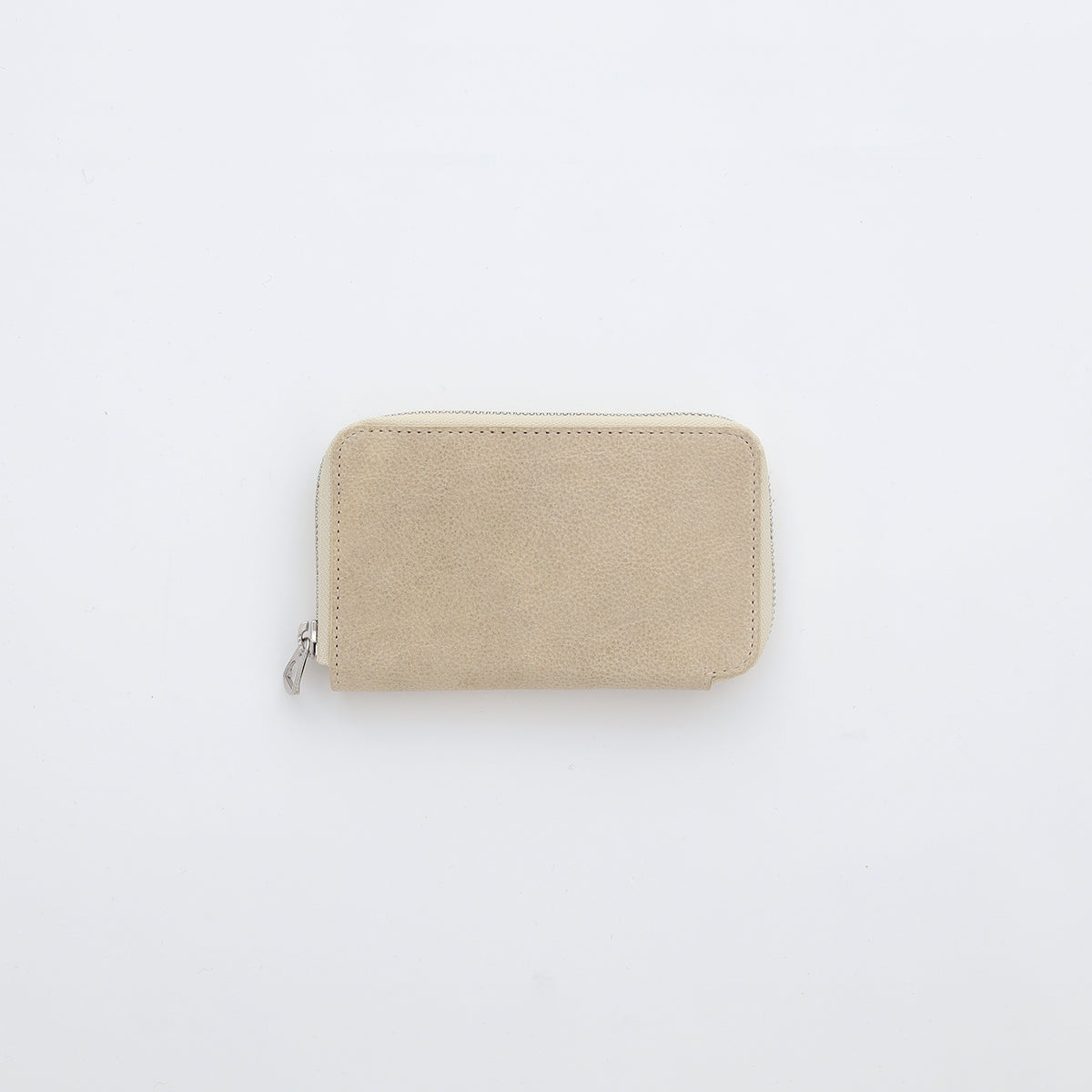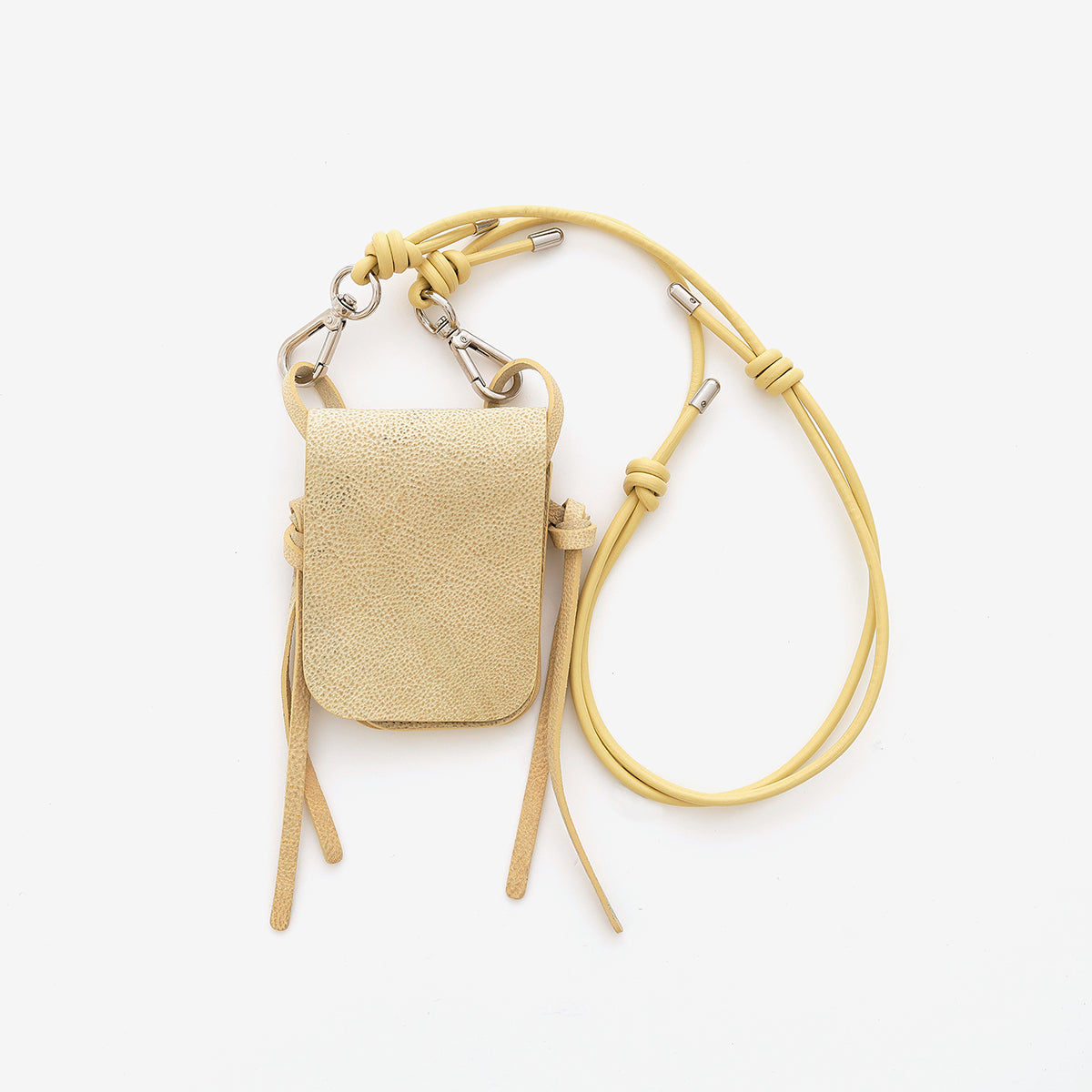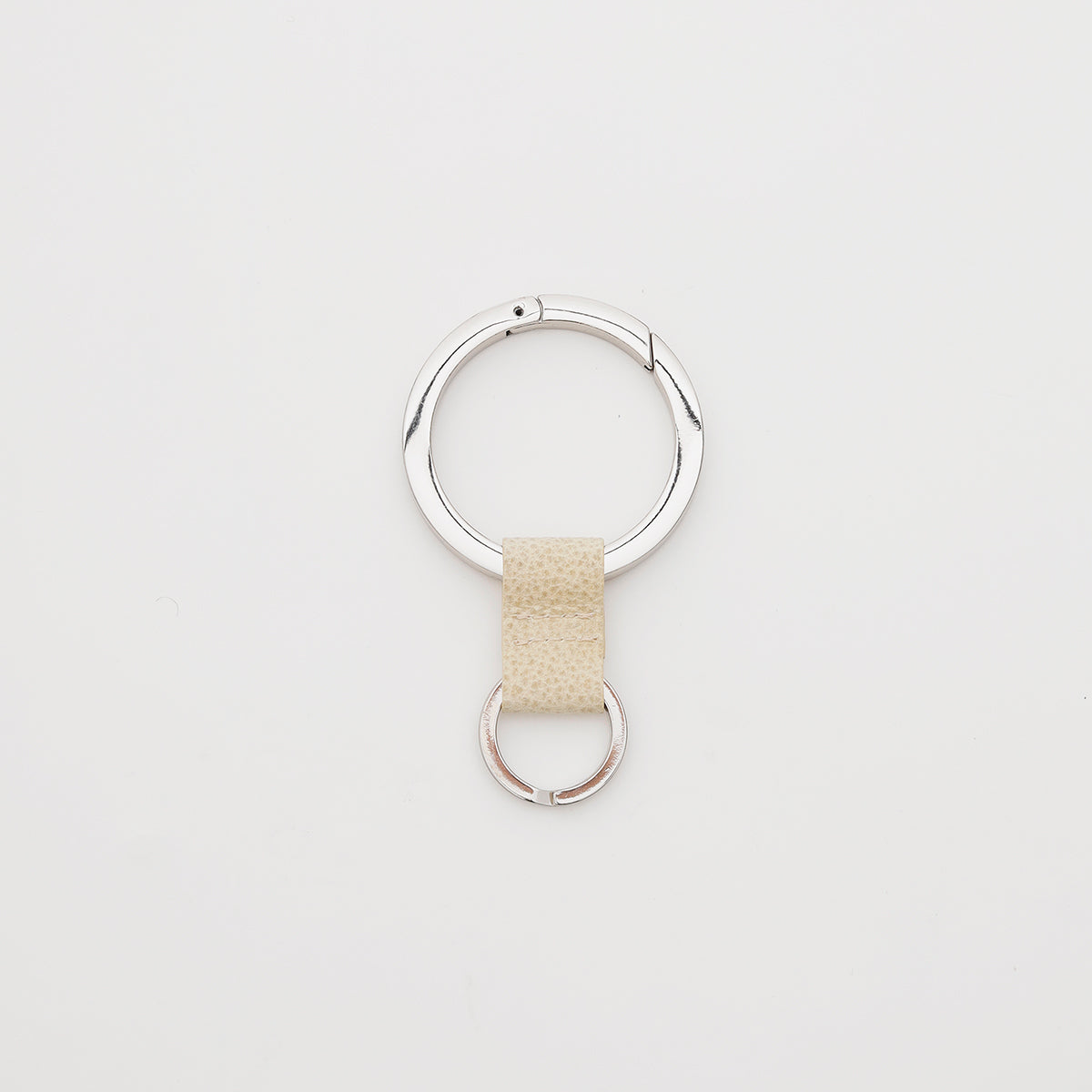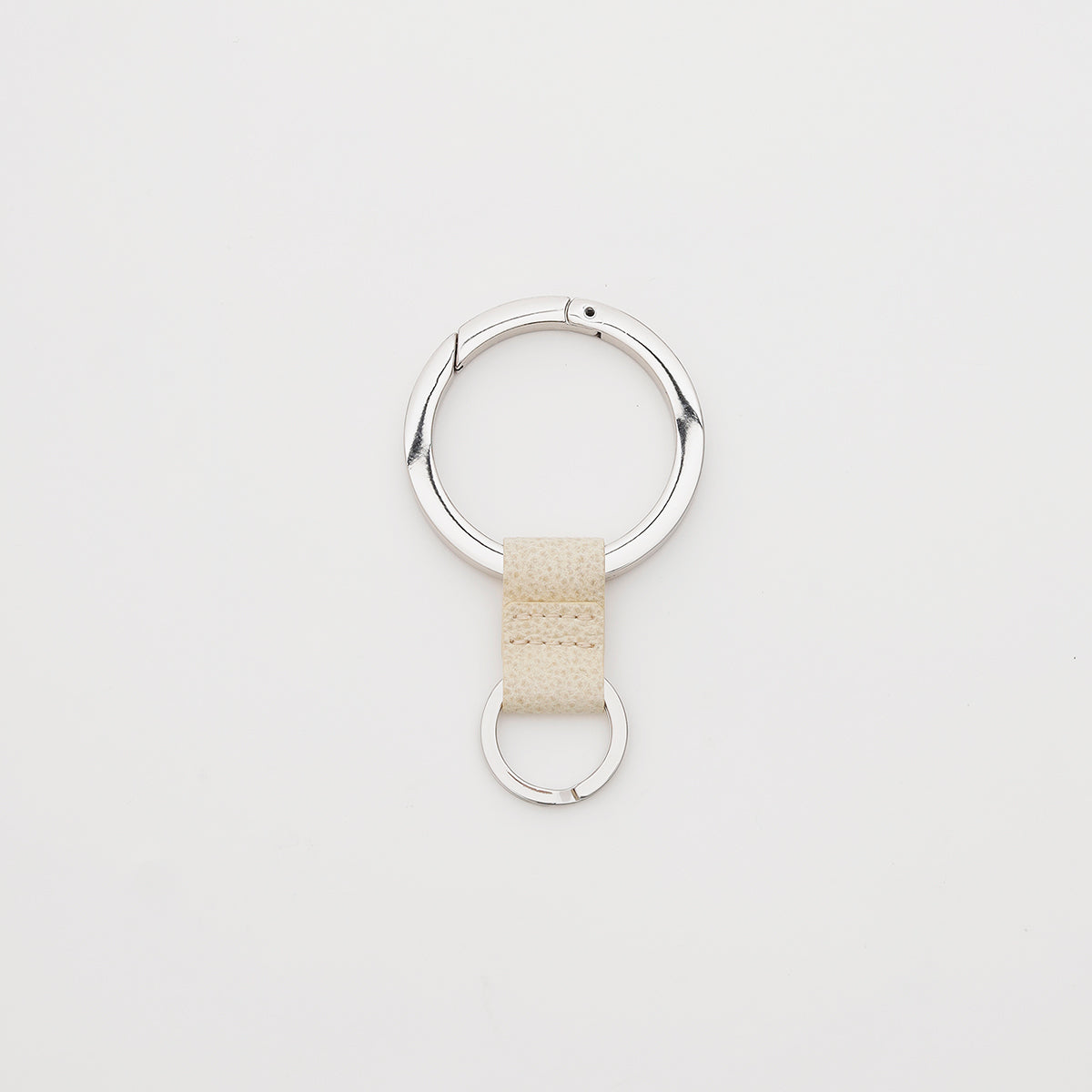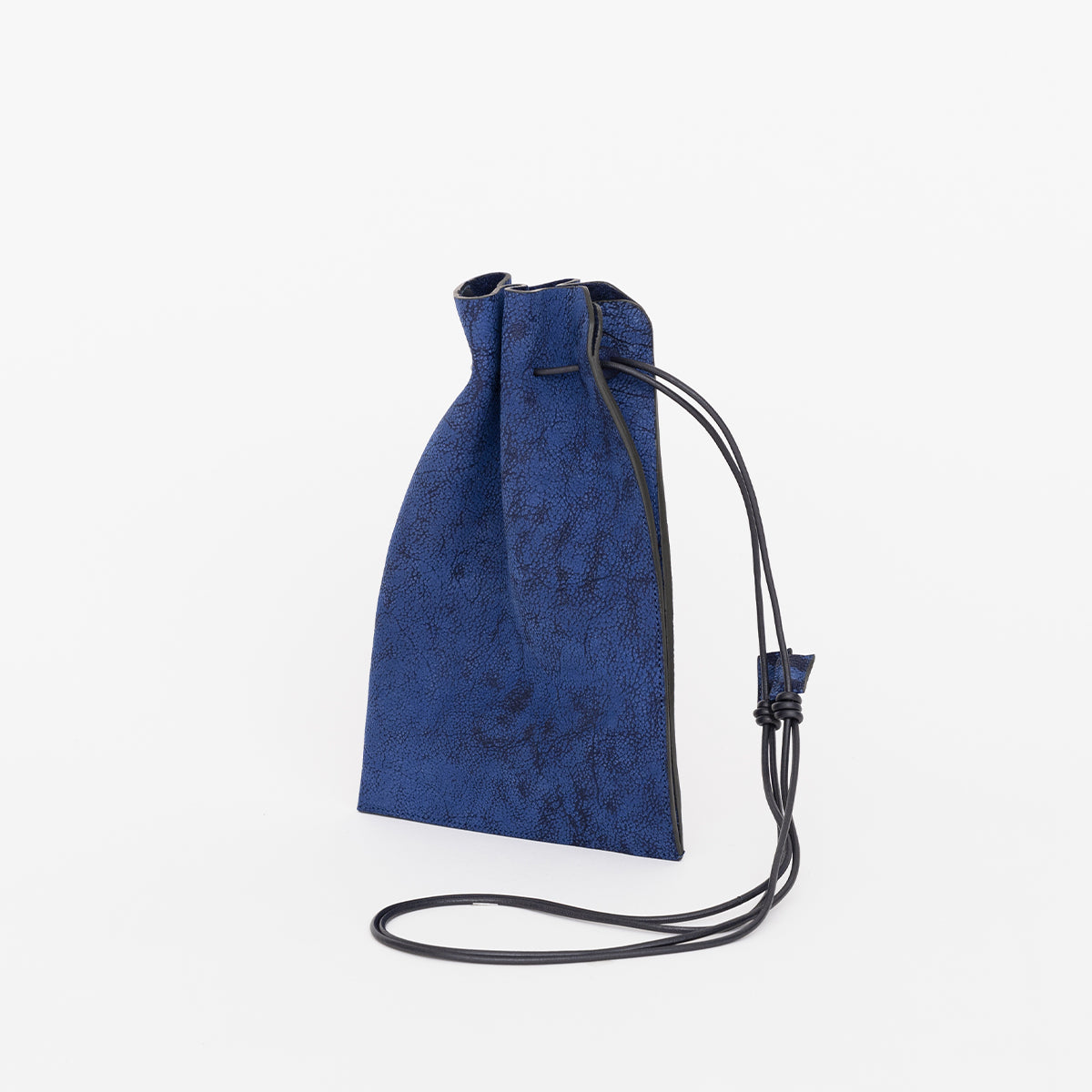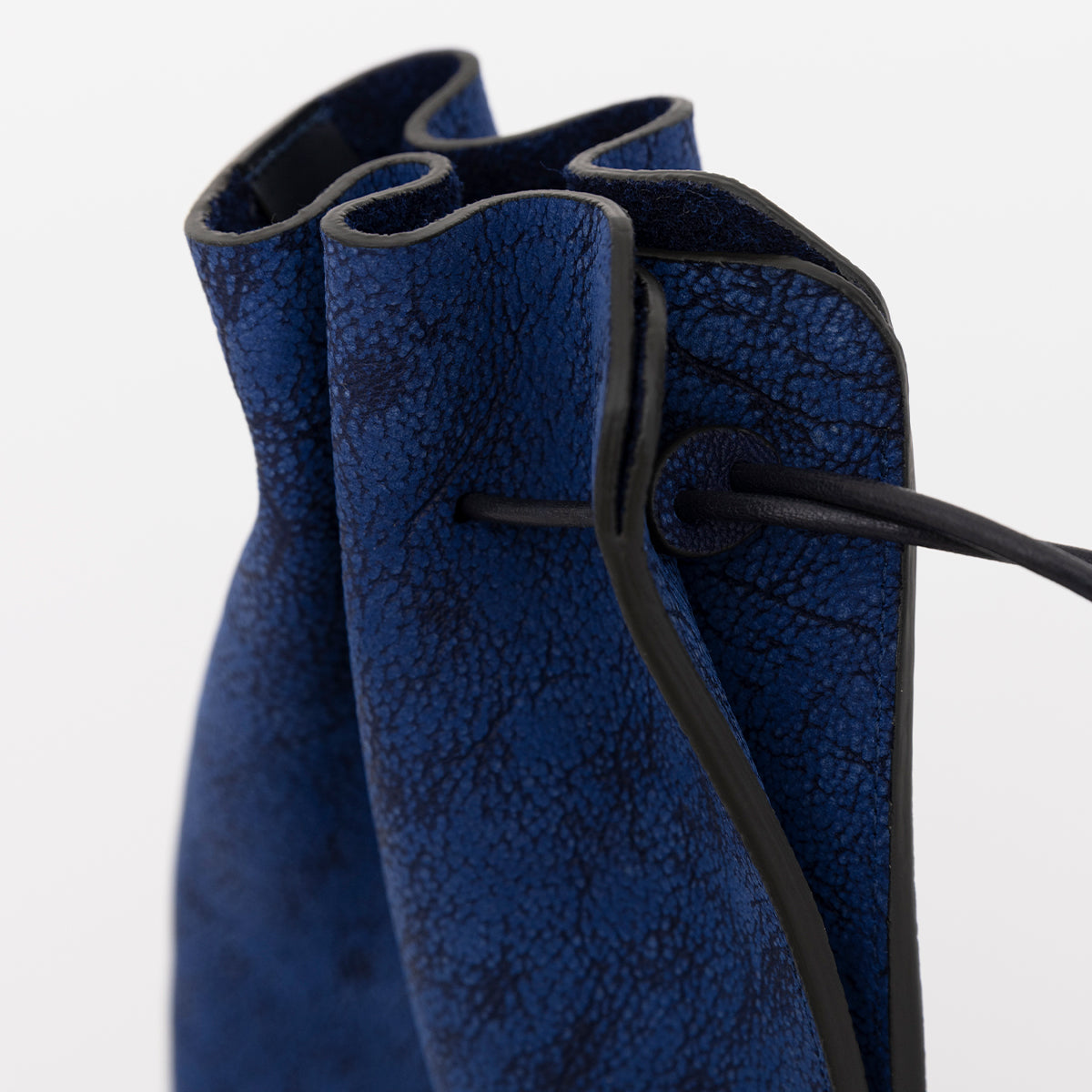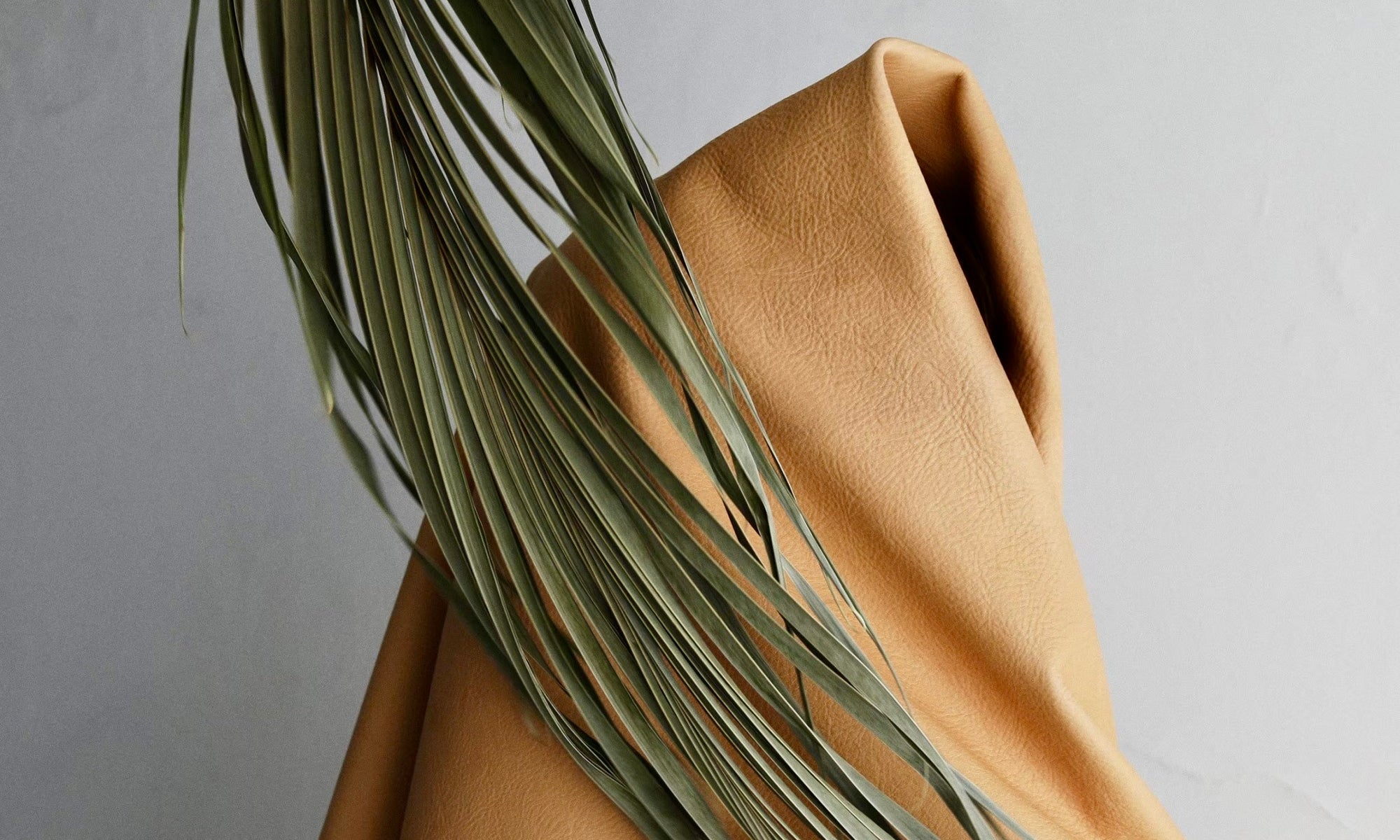
"SHIRONAMESHI" is a tanned leather of Himeji in Japan with a history of over 1000 years.
Himeji's "white tanned leather" has a history of over 1000 years
This is leather that is finished with salt and rapeseed oil without using any chemicals, and has the natural skin color of an animal. The white tanning technique, which was once on the verge of extinction, has been revived by modern craftsmen.
Four designers and artists will create works based on the theme of "white tanned leather," and an exhibition will be held in Tokyo and Fukuoka in 2022 and in Paris in 2023. Participating designers are Tomo&Co, Aloha Blossom, ITTI, and ceramic artist Noguchi Hironari. Noguchi will paint white tanned leather and use it to create works for each brand.
Shironameshi leather is a tanned leather that preserves the original skin color of animals, that is finished with only salt and rapeseed oil without using any chemicals, and it has a history of more than 1000 years.
Four designers and artists have teamed up to use the Shironameshi leather and will hold an exhibition in Tokyo and Fukuoka in 2022 and in Paris in 2023. Tomo&Co, Aloha Blossom, and ITTI will use painted leather by artist Kansai Noguchi to create special products for the exhibition.
SHIRONAMESHI EXHIBITIONS
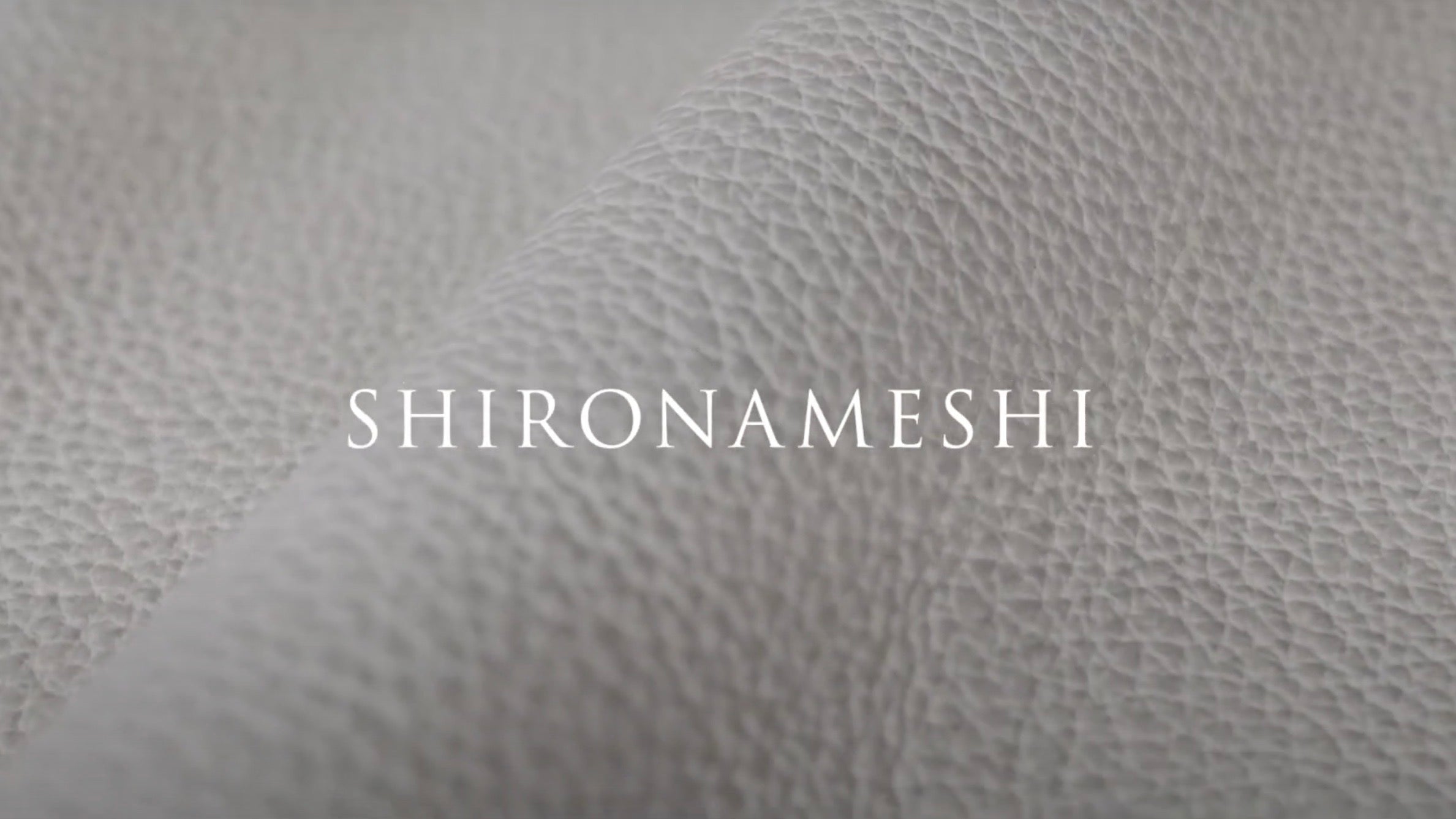
Shironameshi leather
白鞣し革
Shironameshi leather is tanned leather that preserves the original skin color of animals, which is finished with only salt and rapeseed oil without using any chemicals. Although the method of making the Shironameshi leather once almost became extinct, Mr. Matomo Nitta, a modern tanning leather craftsman, has revived it. Japan's highest peak of leather, the Shironameshi leather, is in a different context from premium leather. The craftsmanship backed by experience in a long period of time is said to be "ultimate equals unfinished." Because these are base and innocent, they are full of possibilities.
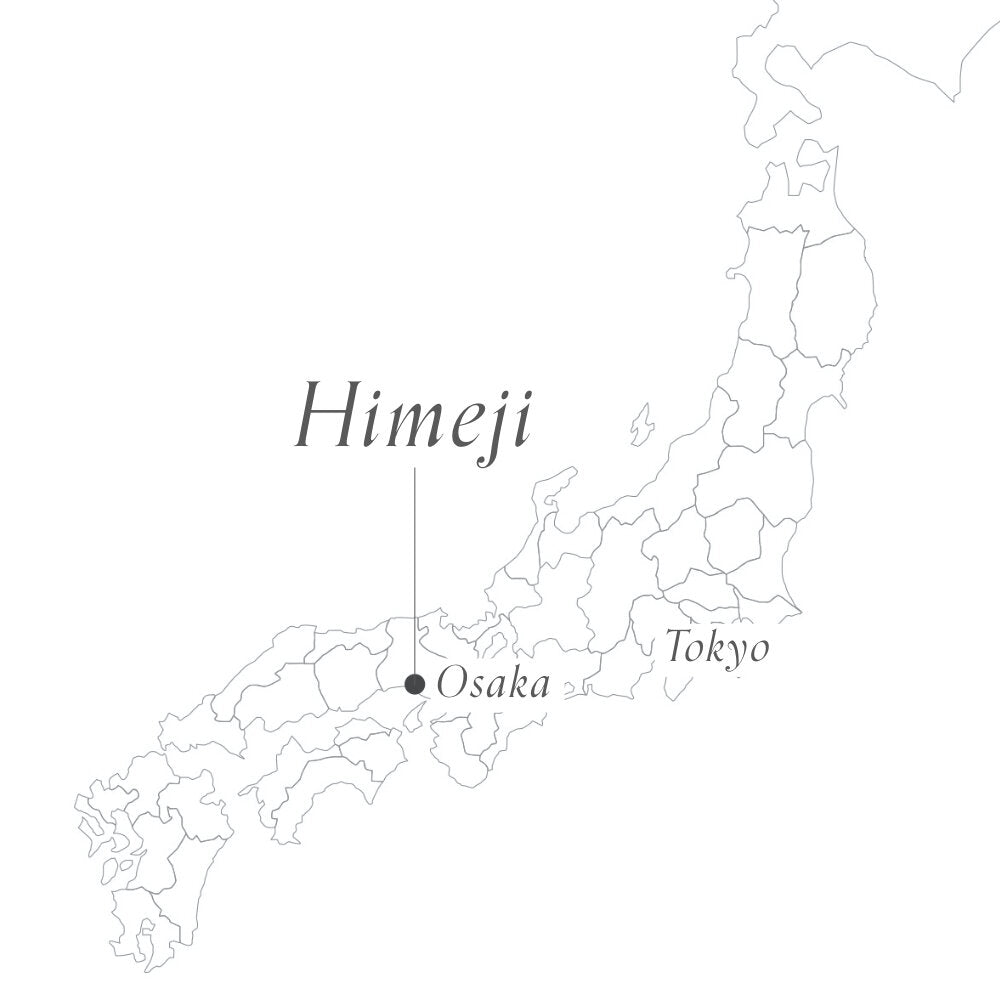
Himeji, the mecca of the leather industry
皮革産業の聖地 姫路
Himeji , located in the western part of Hyogo prefecture, was traditionally called Harima . Records from the Heian period (794 to 1185) show that Harima was an area known for leather production. In this period over a thousand years ago, the SHIRONAMESHI method was practiced mainly in the Takagi area of Himeji . The waters of the Ichikawa and the river that ran through the area were perfect for this method. It is said that SHIRONAMESHI could not have developed in other areas because of differences in water quality. Besides the water quality, the climate and environment of Harima contributed to the success of this method.

Handing down the techniques and declining of the industry
技術の伝承と衰退
Tanning was originally brought over to Japan from China in ancient times. With the waters of the Ichikawa and weather conditions at Himeji , the SHIRONAMESHI method, which uses only salt and oil, was gradually evolved. During the Edo period, SHIRONAMESHI leather, famed for its beautiful cream color and strength and suppleness, was a specialty of the Himeji clan. Leatherwork using SHIRONAMESHI leather was sought after both at home and abroad. However, as western tanning methods gained popularity after the Meiji period, demand for SHIRONAMESHI leather decreased.
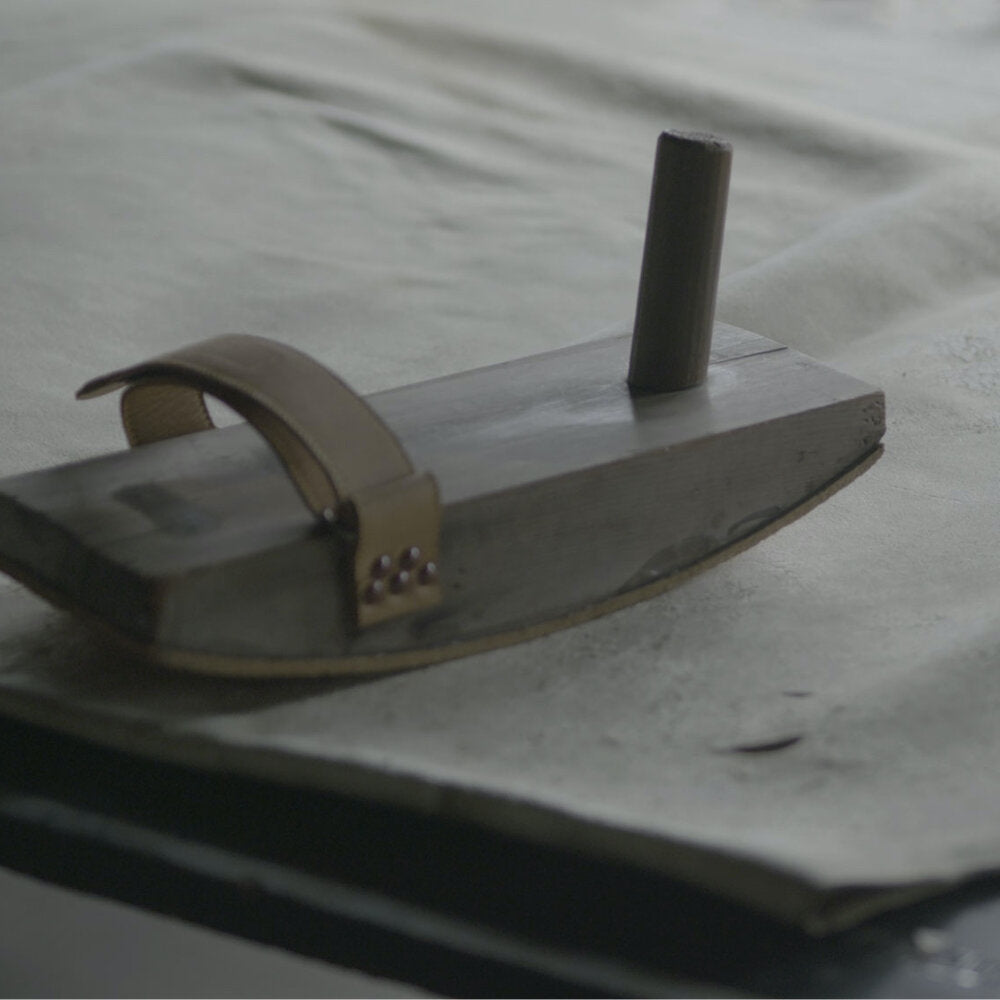
Acknowledgment of the “SHIRONAMESHI”
世界が認めた姫路の白鞣し
SHIRONAMESHI initially lost favor when chromium tanning methods, which were much cheaper and more suitable for mass production, became more widespread. Around 2000, long after the practice of SHIRONAMESHI had ceased, Dr. G. Moog, the dean of the Leather Institute German Tanners' School Reutlingen, urged local Himeji government officials to revive this traditional technique. In a letter, he hailed the uniqueness of the SHIRONAMESHI method and insisted that the technique be brought back and preserved.
SHIRONAMESHI 2022
IMAGE VISUAL
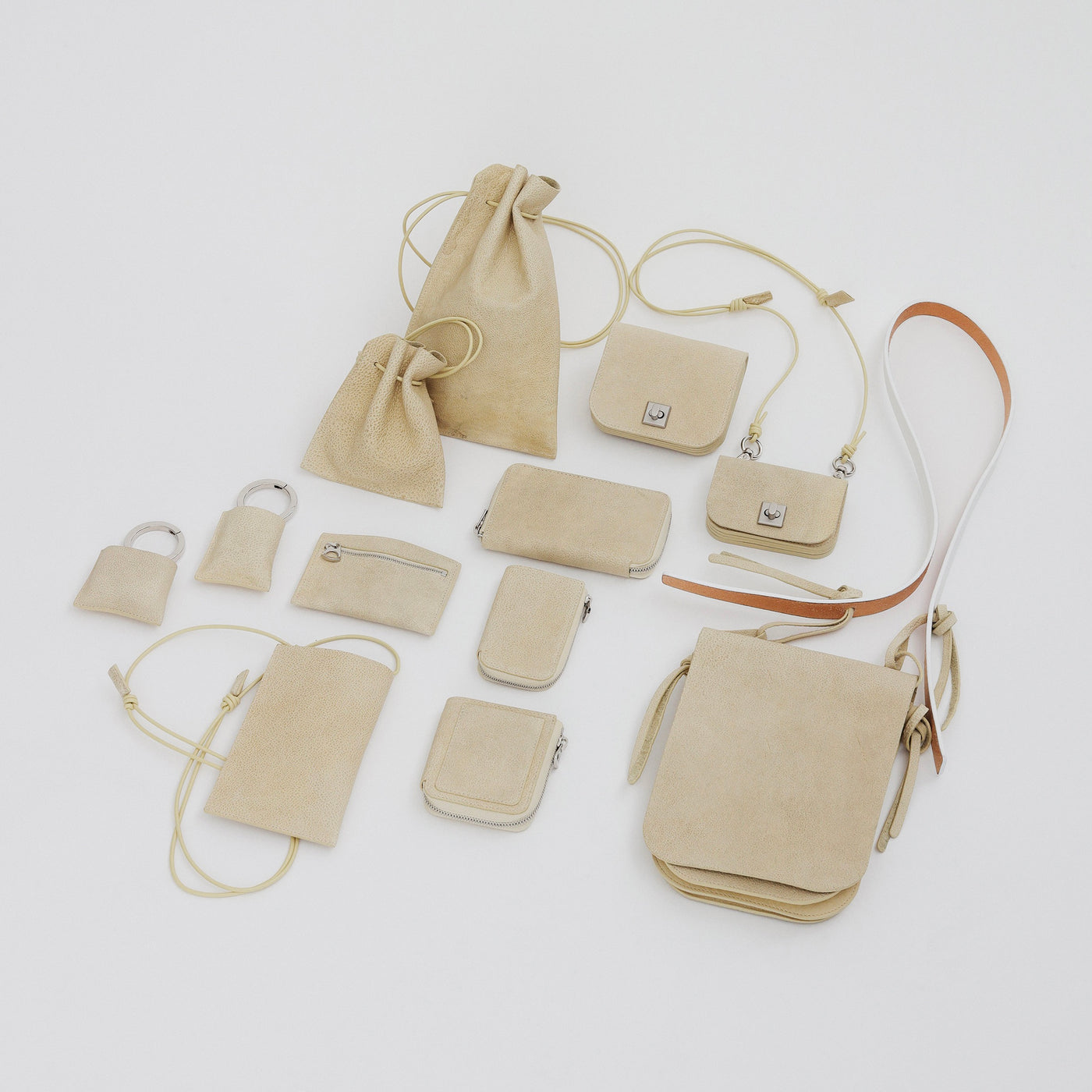
SHIRONAMESHI × ITTI
白鞣し革 × イッチ
The overwhelming presence of natural taste. Shironameshi leather which the designer Aoki himself uses for ITTI's standard items including bags and wallets. The original scratches and discolorations are transformed into design value, and the result is an image of wearing art with practicality.
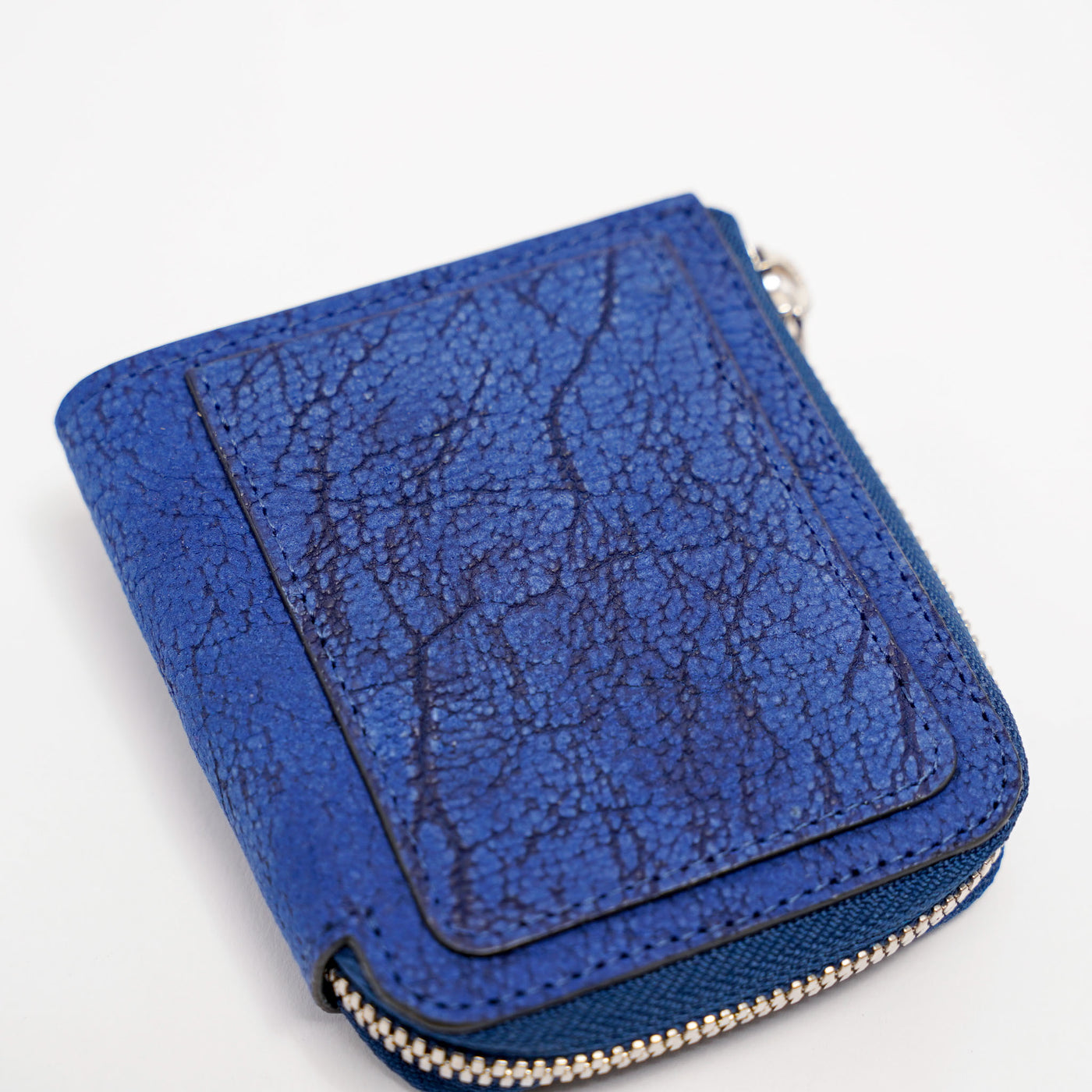
NUBUCK SHIRONAMESHI × ITTI
ヌバック白鞣し革 × イッチ
White-tanned leather is tanned using only water, salt, and rapeseed oil, without the use of chemicals, a method that has been handed down for over 1000 years. The concept of "NUBUCK SHIRONAMESHI" is to upcycle the leather that has a rough finish and is difficult to use as it is. After dyeing, the silver surface is shaved with sandpaper to create an unprecedentedly rich look.
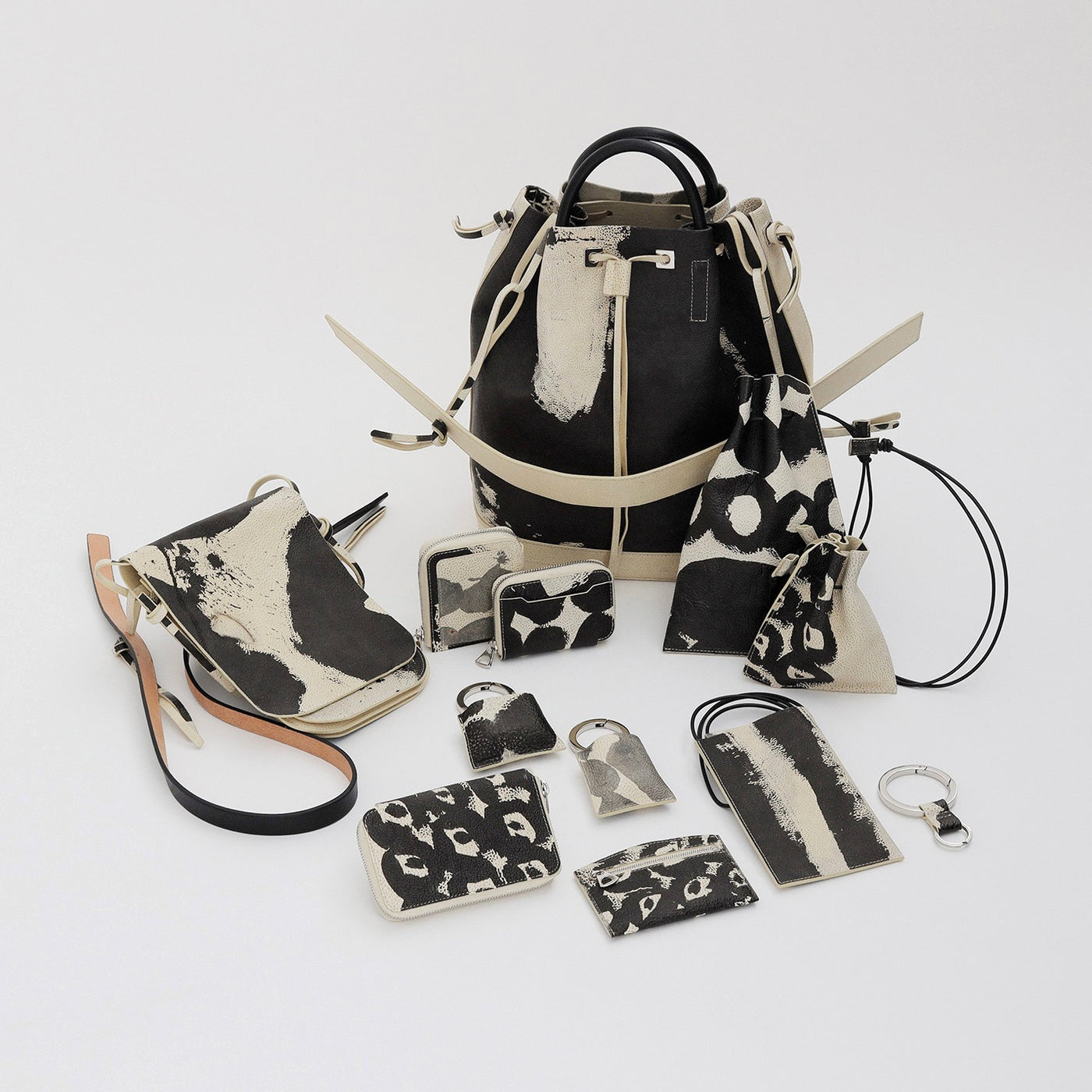
SHIRONAMESHI × KANSAI NOGUCHI
白鞣し革 × 野口 寛斉
Paintings on leather and potteries. These paintings are derived from Noguchi's series of works in which he created circles and souls in the hope of "reincarnation" after he was informed of his beloved dog's life expectancy. The blotches and stains on the Shironameshi leather remind us of the breath of once living things in the past, and the newly drawn circles seem to breathe life into them once again.
